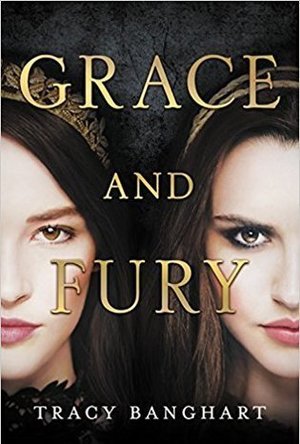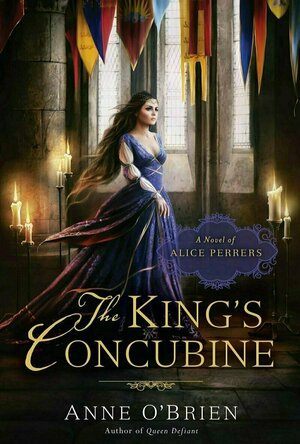Goddess in the Stacks (553 KP) rated Grace and Fury (Grace and Fury, #1) in Books
Dec 19, 2018
In Serina and Nomi's world, women are second-class citizens, forbidden to read, have romantic relationships with each other, or have careers of their own. Serina plans to be a Grace, effectively a concubine to the Prince, with her sister as her handmaiden. But it is Nomi who catches the Prince's eye when she stumbles into him in a hallway, and Nomi that he picks. In a moment of weakness, Nomi's secret is discovered and thought to be Serina's, and rather than jeopardize Nomi's new position, Serina capitulates and takes the fall. She's sent to a volcanic island prison while Nomi struggles to tame her own rebellious nature long enough to gain enough influence to free her sister.
The book is about oppression and sisterhood, whether it be with those that share your blood or not. Along the way, we discover a different history of the nation than what is normally taught, and find a few men who sympathize with the women's plight. (And eventually step up to take action alongside the women.)
It's a quick read - the action starts on page one and never stops. Chapters alternate between Nomi in the palace and Serina on her island prison fighting for food, and both girls learn that what they saw as weakness in each other can be strengths in different circumstances.
The only downside to this book is that it ends with things unfinished. Not a cliffhanger, exactly, but the story is most definitely not done, and the sequel doesn't come out until July of 2019! I will be snapping that up as soon as it releases because I NEED to know how these two sisters overcome their trials.
You can find all my reviews at http://goddessinthestacks.com
Deborah (162 KP) rated The King's Concubine in Books
Dec 21, 2018
The protagonist of this particular novel is Alice Perrers, best known as mistress to Edward III. Not an awful lot, it seems, is really known about Alice, at least before her time at court. O'Brien has used known facts and woven her story about these, filling in the gaps with imagination and probability. Historically, Alice Perrers has never come across as a particularly nice person, seeming to be greedy, grasping and manipulative. O'Brien doesn't do a total whitewash job on her, but she does give a more sympathetic portrayal. Her Alice is still keen to acquire land holdings, but seen as a woman who has come from practically nothing and can see what her future might be without royal patronage, it is difficult to really blame her. History has always tended to be written by the victors and by men, and in medieval times they would not have liked a woman stepping out of her 'place' so it is quite understandable that Alice Perrers should have been so vilified.
Overall, I thought this was a good read. I read Vannora Bennett's The People's Queen a while back, which is also about Alice Perrers (she seems to be enjoying something of a renaissance!) but I preferred O'Brien's book. The cover gives O'Brien a plaudit of being 'better than Philippa Gregory'. Well, I can't argue with that as I haven't cared much for either of the books by Gregory that I have read, so I will wholeheartedly agree that O'Brien is much more worth reading! I look forward to her book on Eleanor of Aquitaine.
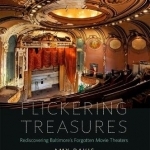
Flickering Treasures: Rediscovering Baltimore's Forgotten Movie Theaters
Book
Baltimore has been home to hundreds of theaters since the first moving pictures flickered across...

Fearless: The Amazing Underdog Story of Leicester City, the Greatest Miracle in Sports History
Book
The definitive account of Leicester City's astonishing rise from relegation certainties to Premier...
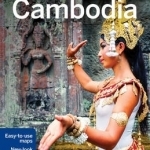
Cambodia
Lonely Planet, Nick Ray and Jessica Lee
Book
Lonely Planet Cambodia is your passport to the most relevant, up-to-date advice on what to see and...
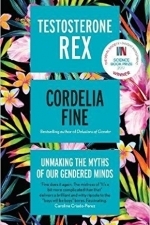
Testosterone Rex: Unmaking the Myths of Our Gendered Minds
Book
WINNER OF THE 2017 ROYAL SOCIETY INSIGHT INVESTMENT SCIENCE BOOK PRIZE What the judges said: 'Every...
gender studies science
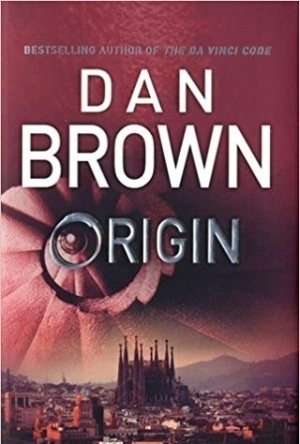
Origin
Book
The spellbinding new Robert Langdon novel from the author of The Da Vinci Code. 'Dan Brown is the...
ThrillerBook DanBrownBook

War and Order
Games
App
Orc Knights, Elf Sages, Dragon Riders, and other incredible warriors are waiting to fight for your...
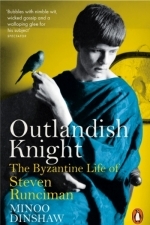
Outlandish Knight: The Byzantine Life of Steven Runciman
Book
'An extraordinary book ... exceptionally fascinating, always readable and penetratingly intelligent'...
Biography

Assassin's Creed: Gold
Book
Assassin’s Creed: Gold is a stand-alone tale from the Assassin's Creed universe in which we meet...
